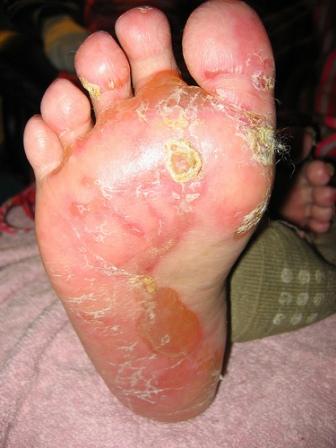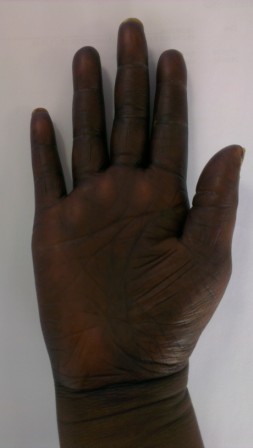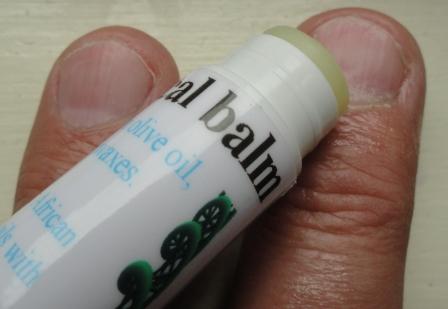|
|
|||||||||||||||||||||
|
Hand - foot syndrome and chemotherapy |
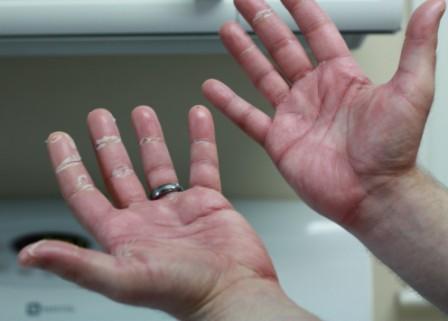 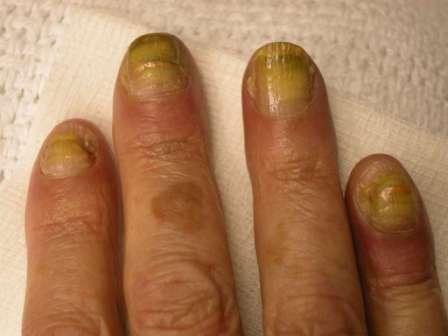 
|
||||||||||||||||||||
| Home | Nail care | Lip care | Lifestyle after chemo | Contact us | |||||||||||||||||||||
Hand foot syndrome otherwise known as Palmer-Planter erythema is a condition which can occur with some chemotherapy and biological agents. The severity of the condition depends on:
There are several types and levels of severity of hand foot syndrome:
The common chemotherapy drugs most commonly associated with this side effect include:
What can be done to help (self help guidelines)? [1] Your doctor may reduce the dose of your medication or increase the time between the cycles - reduce dose intensity to allow your skin to recover. In most cases, reducing the dose intensity in response to hand foot syndrome should not reduce the effectiveness. [2] Your doctor may prescribe some pyridoxine 50mg tablets three times a day to be take with capecitabine. Although the evidence for this is small some patients have reported this is helpful. [3] Keep the skin clean especially around the nail beds but avoid strong soaps or those with artificial perfumes and colours [4] Avoid friction - wear well fitting shoes, perhaps gloves at night. [5] You may have to consider wearing training shoes when the skin is at its worse. Many patients often report that shoes with leather insoles are more comfortable than those made with synthetic materials. [6] If the skin starts seeping pus ask your medical team to take a swab and consider antibiotics [7] Keep the skin and nail beds well moisturised but avoid creams which are based on petroleum (the vast majority available over the counter) and those which contain artificial chemicals, preservatives, colours and perfumes. [8] For the nails beds we recommend naturemedical nail remedy as an ideal moisturiser as it is based only on natural waxes and oils combined with essential oils which have and anti-microbial properties. [9] For the rest of the skin on the hands and feet, massage liberal quantities of a natural oil which does not contain artificial chemicals which can irritate sensitive broken skin such as perfumes, colours or preserves. As with the nails and lips natureMedical products are ideal because of their completely natural, artificial chemical free philosophy. In particular, the hand-foot oil has natural salicylates which have strong anti-inflammatory properties. |
|||||||||||||||||||||
